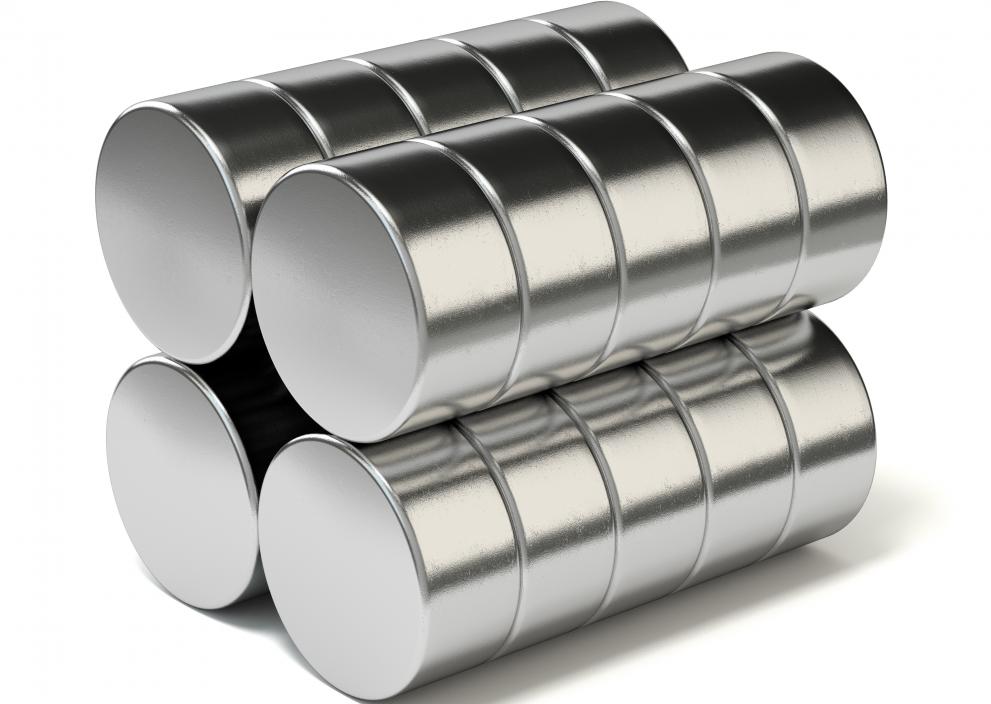
The answer is "no, not yet". Critical raw materials are not used to their full extent as part of the circular economy and there are several improvement opportunities to reuse and recycle these materials.
In a recent background report, JRC scientists analysed how critical raw materials are currently used in the EU and whether their use is in line with the principles of the circular economy.
It provides a detailed analysis for some specific sectors, such as extractive waste, landfills, electric and electronic equipment, batteries, automotive, renewable energy, defence and chemicals and fertilisers, describing the current state-of-play for key critical raw materials and identifying a number of good practices in each sector.
The report concludes that for several economic sectors in the EU, the use of critical raw materials is far from being fully circular.
The gaps are due to various factors, including the loss of materials during collection and recycling of end-of-life products.
Need for improved legislative framework, further research and better data
The report identifies important improvement opportunities and formulates advice for future actions. It discusses policy actions at EU level to improve the legislative framework to increase the availability of secondary critical raw materials through improved waste collection and treatment.
The report also points to further research and development as key for making available more innovative, efficient and cost effective technologies for the extraction of critical raw materials.
The scientists argue that research and industry initiatives should also foster material-efficient solutions in the use of critical raw materials in various sectors and that not only recycling, but also re-use, product lifetime extension and new business models be considered.
Finally, the report highlights the importance of continuing data gathering and analysis, and of doing this in a structured way for individual sectors.
"The circularity performances and potentials of critical raw materials can be fully understood only when considering individual sectors and individual end-use applications such as batteries, cars, consumer equipment, or energy technologies", said Fabrice Mathieux, researcher and lead author of the report.
The JRC background report is a contribution to the Commission's 2018 Circular Economy Package, published today.
It was used to prepare the Commission report on Critical Raw Materials and the Circular Economy, also published today, following a commitment the European Commission made in the Communication ‘EU action plan for the Circular Economy’.
Monitoring framework
Today, the Commission also published a framework for monitoring progress towards the circular economy, partly building on the indicators initially developed by the JRC for the EU Raw Materials Scoreboard and the Resource Efficiency Scoreboard.
The monitoring framework will be important in tracking how the various elements of the circular economy are advancing, including those linked to critical raw materials. It will also help identify success factors and areas for improvement.
Background
Raw materials form the basis of Europe’s economy, ensuring jobs and competitiveness now and in the future. They are also essential for maintaining and improving quality of life.
Raw materials are linked to all industries across all supply chain stages. Critical raw materials are materials that are both of high economic importance and have a high risk of supply disruption. Examples of critical raw materials include rare earth elements, cobalt and niobium.
The EU action plan for the Circular Economy aims to maintain the value of products and materials for as long as possible. In a circular economy, waste and resource use are minimised, and when a product reaches the end of its life, the materials it contains are used again.
However, recycled materials currently still account for only a small proportion of the production materials in the EU. The EU Circular Economy action plan also identifies critical raw materials as one of the five priority areas where actions should be taken.
Related Content
Critical raw materials and the circular economy - Background report – Study (PDF)
Commission report on Critical Raw Materials and the Circular Economy
2017 list of Critical Raw Materials for the EU (PDF)
A central knowledge hub for the secure, sustainable supply of raw materials
Details
- Publication date
- 16 January 2018
